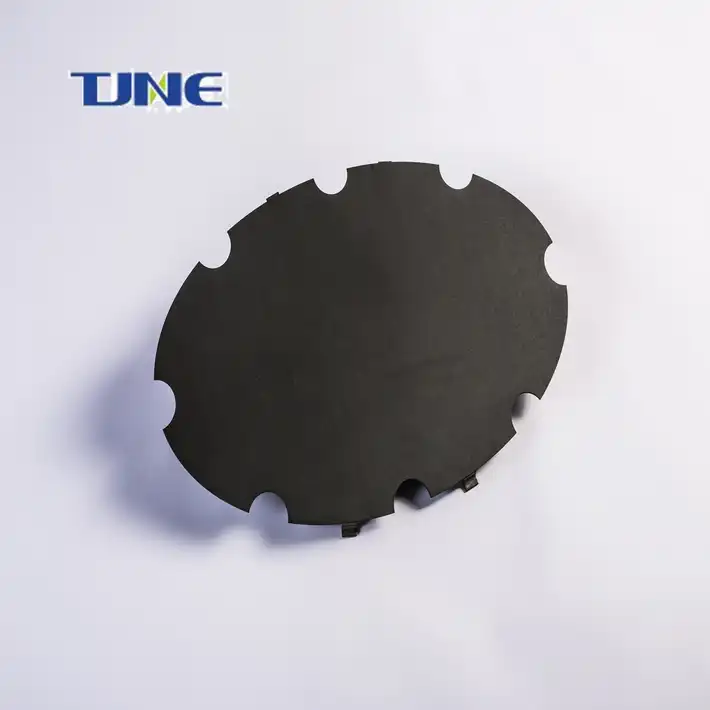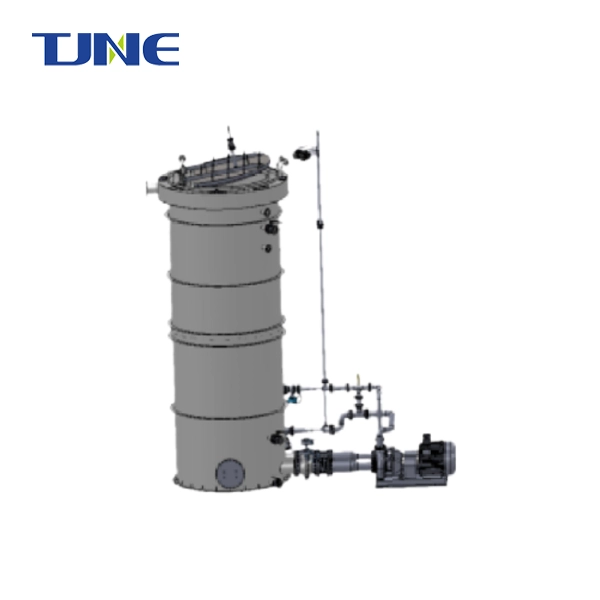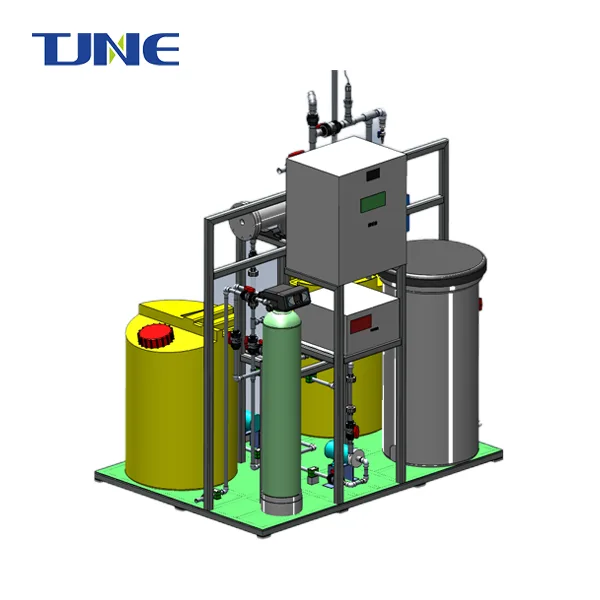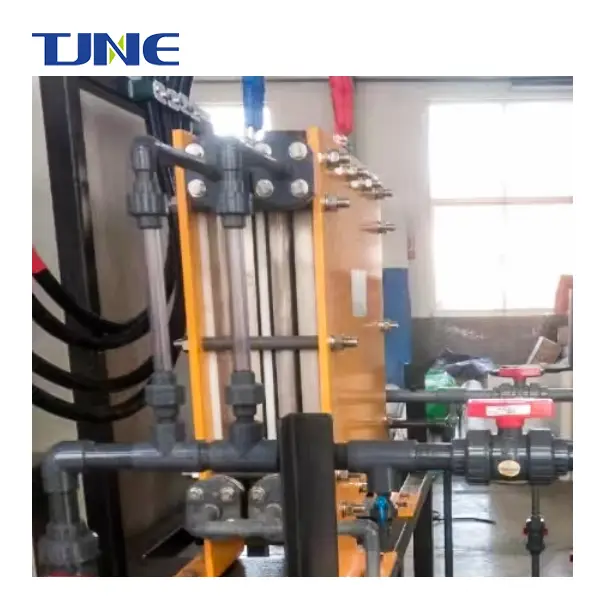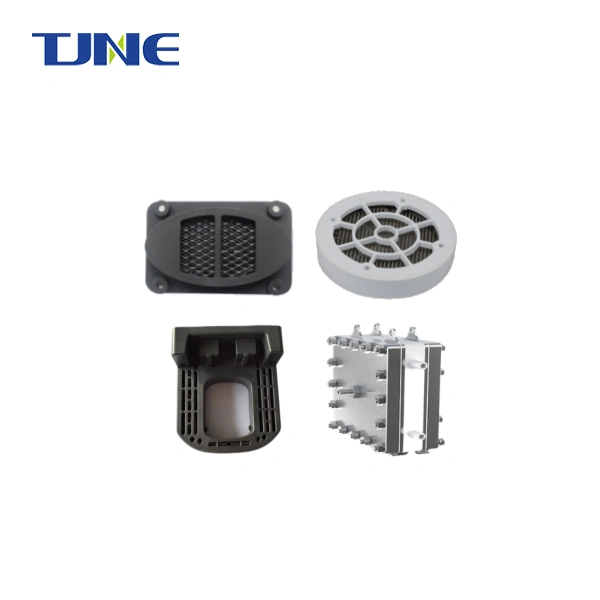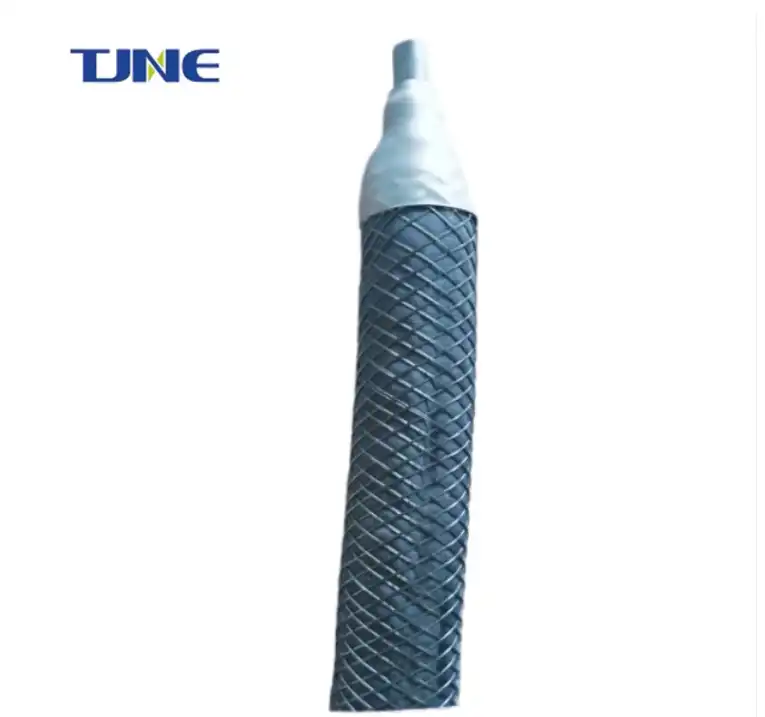- English
- French
- German
- Portuguese
- Spanish
- Russian
- Japanese
- Korean
- Arabic
- Greek
- German
- Turkish
- Italian
- Danish
- Romanian
- Indonesian
- Czech
- Afrikaans
- Swedish
- Polish
- Basque
- Catalan
- Esperanto
- Hindi
- Lao
- Albanian
- Amharic
- Armenian
- Azerbaijani
- Belarusian
- Bengali
- Bosnian
- Bulgarian
- Cebuano
- Chichewa
- Corsican
- Croatian
- Dutch
- Estonian
- Filipino
- Finnish
- Frisian
- Galician
- Georgian
- Gujarati
- Haitian
- Hausa
- Hawaiian
- Hebrew
- Hmong
- Hungarian
- Icelandic
- Igbo
- Javanese
- Kannada
- Kazakh
- Khmer
- Kurdish
- Kyrgyz
- Latin
- Latvian
- Lithuanian
- Luxembou..
- Macedonian
- Malagasy
- Malay
- Malayalam
- Maltese
- Maori
- Marathi
- Mongolian
- Burmese
- Nepali
- Norwegian
- Pashto
- Persian
- Punjabi
- Serbian
- Sesotho
- Sinhala
- Slovak
- Slovenian
- Somali
- Samoan
- Scots Gaelic
- Shona
- Sindhi
- Sundanese
- Swahili
- Tajik
- Tamil
- Telugu
- Thai
- Ukrainian
- Urdu
- Uzbek
- Vietnamese
- Welsh
- Xhosa
- Yiddish
- Yoruba
- Zulu
A titanium electrode is a critical component in various electrochemical processes, known for its exceptional corrosion resistance and durability. Composed of titanium metal, these electrodes are widely used in industries ranging from water treatment to metal production. Titanium electrodes are particularly valued for their ability to withstand harsh chemical environments and maintain stability under high current densities. Their unique properties make them an ideal choice for applications requiring long-lasting, high-performance electrodes.
How is titanium used in electrodeposition of copper?
Titanium electrodes play a crucial role in the electrodeposition of copper, a process widely used in the electronics and manufacturing industries. The use of titanium in this context offers several advantages over traditional electrode materials.
Firstly, titanium's excellent corrosion resistance makes it an ideal substrate for copper electrodeposition. In the harsh electrolytic environment typical of copper plating baths, titanium remains stable and does not contaminate the deposited copper layer. This stability ensures a high-quality, pure copper deposit, which is essential for applications in printed circuit boards, semiconductor manufacturing, and decorative plating.
The conductivity of titanium, while not as high as some other metals, is sufficient for electrodeposition processes when properly prepared. Often, titanium electrodes used in copper electrodeposition are coated with a thin layer of platinum or iridium oxide. This coating enhances the electrode's conductivity and catalytic properties, improving the efficiency of the copper deposition process.
Another significant advantage of using titanium electrodes in copper electrodeposition is their longevity. The durability of titanium in aggressive electrolytes means that these electrodes can withstand numerous plating cycles without degradation. This longevity translates to reduced maintenance costs and improved process consistency over time.
The surface properties of titanium electrodes can be tailored to optimize copper deposition. Through various surface treatment techniques, such as etching or anodization, the titanium surface can be modified to enhance adhesion of the copper layer or to promote specific crystal growth orientations in the deposited copper.
In industrial applications, titanium electrodes for copper electrodeposition are often designed with specific geometries to ensure uniform current distribution across the substrate. This uniformity is crucial for achieving consistent copper thickness and properties across large surface areas, which is particularly important in the production of electronic components and printed circuit boards.
The use of titanium electrodes also contributes to the overall sustainability of the copper electrodeposition process. Their long lifespan reduces waste associated with frequent electrode replacement, and their inertness minimizes the risk of introducing contaminants into the plating bath or the final copper product.
What are the advantages of electrodeposited titanium coatings for copper substrates?
Electrodeposited titanium coatings on copper substrates offer a unique combination of properties that can significantly enhance the performance and durability of copper components in various applications. This process involves depositing a layer of titanium onto a copper surface using electrochemical techniques, resulting in a composite material that combines the beneficial properties of both metals.
One of the primary advantages of electrodeposited titanium coatings on copper is the enhanced corrosion resistance. Copper, while an excellent conductor, is susceptible to corrosion in many environments. A titanium coating acts as a protective barrier, significantly improving the copper's resistance to chemical attack and oxidation. This protection is particularly valuable in marine environments, chemical processing industries, and other corrosive settings where copper components are used.
The titanium coating also imparts improved wear resistance to the copper substrate. Titanium's hardness and durability make the coated surface more resistant to abrasion and mechanical wear. This property is particularly beneficial in applications involving sliding contacts or where the copper component is subject to frequent physical stress.
Another significant advantage is the potential for improved thermal management. While copper is an excellent thermal conductor, it can be prone to oxidation at high temperatures. A titanium coating can provide a protective layer that allows the copper to maintain its thermal conductivity while preventing degradation at elevated temperatures. This characteristic is particularly valuable in electronics and heat exchanger applications.
The electrodeposition process allows for precise control over the thickness and uniformity of the titanium coating. This control enables the optimization of the coating for specific applications, balancing factors such as corrosion protection, wear resistance, and thermal properties. The ability to apply thin, uniform coatings is especially important in applications where dimensional tolerances are critical, such as in precision electronics or microfluidic devices.
Electrodeposited titanium coatings can also enhance the surface properties of copper substrates. The titanium surface can be further modified or functionalized to achieve specific surface characteristics, such as improved wettability, biocompatibility, or catalytic activity. This versatility opens up new possibilities for copper components in fields ranging from biomedical implants to advanced catalysis.
The combination of titanium and copper through electrodeposition can lead to unique electrical properties. While maintaining the excellent conductivity of the copper substrate, the titanium coating can provide additional benefits such as improved contact resistance or enhanced EMI shielding capabilities. These properties are particularly valuable in electrical connectors and components used in high-frequency applications.
How does the electrodeposition process affect the properties of titanium electrodes for copper plating?
The electrodeposition process plays a crucial role in determining the properties and performance of titanium electrodes used in copper plating. This process not only affects the surface characteristics of the titanium electrode but also influences its overall effectiveness in facilitating copper deposition.
The first significant impact of the electrodeposition process is on the surface morphology of the titanium electrode. Depending on the deposition parameters such as current density, electrolyte composition, and temperature, the titanium surface can develop various microstructures. These microstructures can range from smooth and compact to porous and dendritic. The surface morphology directly affects the electrode's active surface area, which in turn influences its catalytic activity and efficiency in copper plating.
The electrodeposition process also affects the crystalline structure of the titanium surface. Different deposition conditions can lead to the formation of various titanium oxide phases, each with its own set of properties. For instance, the presence of anatase or rutile phases of titanium dioxide can significantly impact the electrode's conductivity and stability in the copper plating bath. The crystalline structure also influences the electrode's ability to withstand the harsh chemical environment typical in copper electroplating processes.
Another crucial aspect influenced by the electrodeposition process is the adhesion between the titanium substrate and any functional coatings applied to enhance its performance in copper plating. Proper control of the deposition parameters can lead to strong interfacial bonding, ensuring the longevity and stability of the electrode under the demanding conditions of copper electroplating.
The electrodeposition process can also introduce dopants or modify the composition of the titanium surface. For example, co-deposition of noble metals like platinum or iridium can create a catalytic surface that enhances the efficiency of copper deposition. These modifications can significantly alter the electrode's electrochemical properties, including its overpotential for copper reduction and its resistance to passivation.
The thickness and uniformity of any electrodeposited layers on the titanium electrode are also critical factors affected by the deposition process. Achieving a uniform and controlled thickness is essential for ensuring consistent performance across the entire electrode surface. Non-uniformities can lead to localized variations in current density during copper plating, resulting in inconsistencies in the deposited copper layer.
The electrodeposition process can also influence the porosity of the titanium electrode surface. A controlled level of porosity can be beneficial, increasing the active surface area and potentially enhancing the electrode's performance in copper plating. However, excessive porosity might lead to mechanical instability or unwanted trapping of electrolyte components.
Lastly, the electrodeposition process affects the long-term stability and durability of the titanium electrode. Proper control of the deposition parameters can lead to the formation of a stable surface that resists degradation over multiple copper plating cycles. This stability is crucial for maintaining consistent performance and reducing the need for frequent electrode replacement in industrial copper plating operations.
In conclusion, titanium electrodes represent a significant advancement in the field of electrochemistry, particularly in applications related to copper electrodeposition. Their unique properties, including exceptional corrosion resistance, durability, and versatility, make them invaluable in various industrial processes. The use of titanium electrodes in copper plating offers numerous advantages, from improved deposit quality to enhanced process efficiency and sustainability.
The electrodeposition of titanium coatings on copper substrates further expands the potential applications, combining the beneficial properties of both metals to create components with superior performance characteristics. This synergy between titanium and copper opens up new possibilities in fields ranging from electronics to biomedical engineering.
Understanding the intricate relationship between the electrodeposition process and the resulting properties of titanium electrodes is crucial for optimizing their performance in copper plating applications. By carefully controlling the deposition parameters, it is possible to tailor the electrode's surface characteristics, crystalline structure, and overall functionality to meet specific requirements.
As research in this field continues to advance, we can expect to see further innovations in titanium electrode technology, leading to even more efficient and sustainable copper electrodeposition processes. These developments will undoubtedly play a crucial role in shaping the future of various industries that rely on high-quality copper plating and advanced material coatings.
If you are interested in the products of Xi'an Taijin New Energy Technology Co., Ltd., please contact yangbo@tjanode.com.
References:
1. Walsh, F. C., & Ponce de León, C. (2014). A review of the electrodeposition of metal matrix composite coatings by inclusion of particles in a metal layer: an established and diversifying technology. Transactions of the IMF, 92(2), 83-98.
2. Yao, Y., Yao, S., Zhang, L., & Wang, H. (2007). Electrodeposition and mechanical and corrosion resistance properties of Ni–W/SiC nanocomposite coatings. Materials Letters, 61(1), 67-70.
3. Bengoa, L. N., Pary, P., Egli, W. A., & Waldner, W. (2014). Electrodeposition of Ti-Based Alloys on Steel. Journal of The Electrochemical Society, 161(10), D447-D453.
4. Fang, D., Zhou, K., Shen, H., & Zhang, G. (2016). Electrodeposition of Ni-Ti layered double hydroxide films on Ti substrate and their electrochemical properties. Applied Surface Science, 390, 6-15.
5. Low, C. T. J., Wills, R. G. A., & Walsh, F. C. (2006). Electrodeposition of composite coatings containing nanoparticles in a metal deposit. Surface and Coatings Technology, 201(1-2), 371-383.
6. Choi, Y., Baek, S., & Kim, K. (2017). Electrodeposition of titanium on copper substrates from various organic electrolytes. Transactions of Nonferrous Metals Society of China, 27(5), 1080-1086.
7. Hsieh, J. H., Li, C., & Liu, Y. K. (2010). Titanium-based coating on copper substrate by cathodic arc plasma deposition. Surface and Coatings Technology, 204(14), 2190-2195.
8. Shervedani, R. K., & Lasia, A. (1997). Study of the hydrogen evolution reaction on Ni-Mo-P electrodes in alkaline solutions. Journal of The Electrochemical Society, 144(2), 511-519.
9. Tsuru, Y., Nomura, M., & Foulkes, F. R. (2002). Effects of boric acid on hydrogen evolution and internal stress in films deposited from a nickel sulfamate bath. Journal of Applied Electrochemistry, 32(6), 629-634.
10. Oliveira, A. L. M., Costa, J. D., de Sousa, M. B., Alves, J. J. N., de Campos, A. R., Santana, R. A. C., & Prasad, S. (2015). Studies on electrodeposition and characterization of the Ni–W–Fe alloys coatings. Journal of Alloys and Compounds, 619, 697-703.






